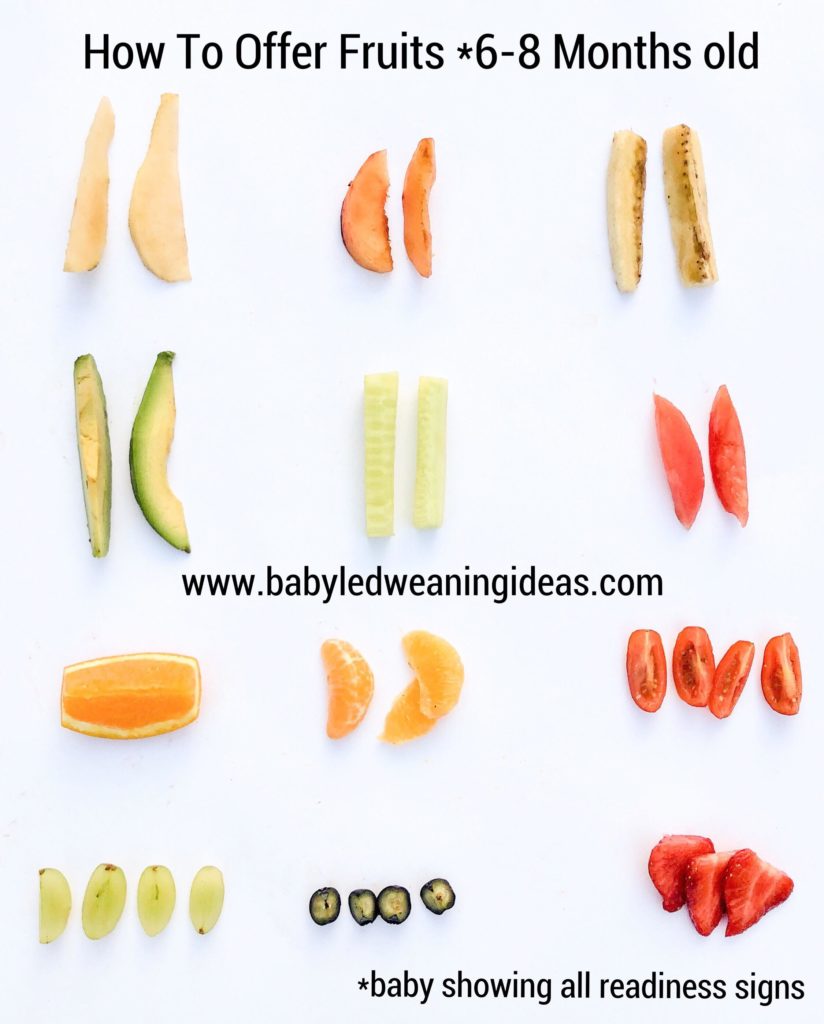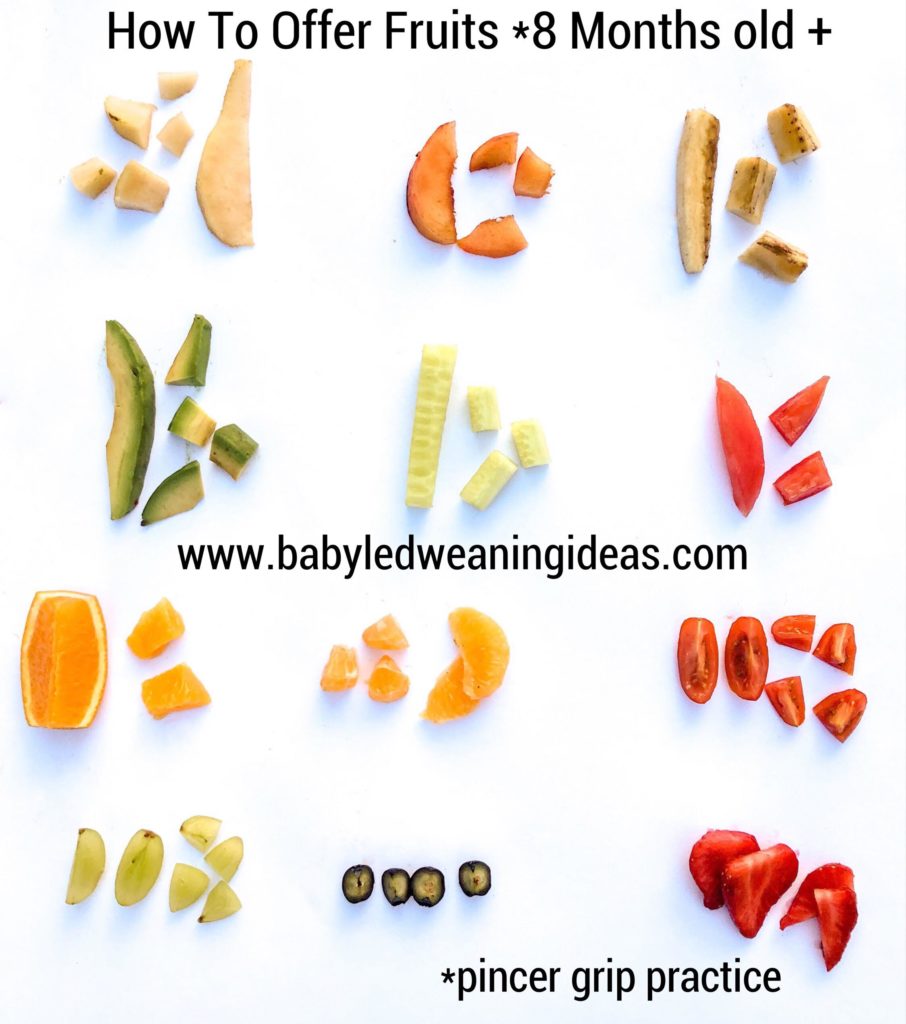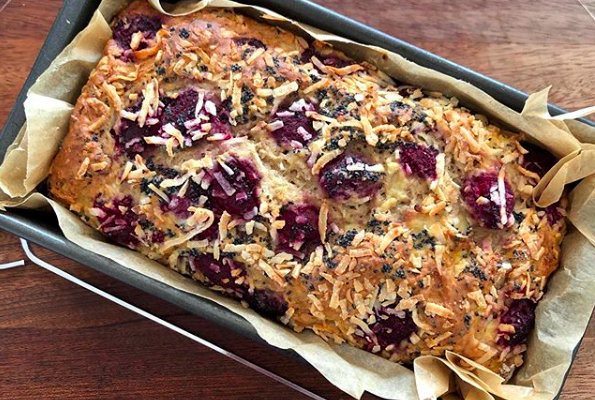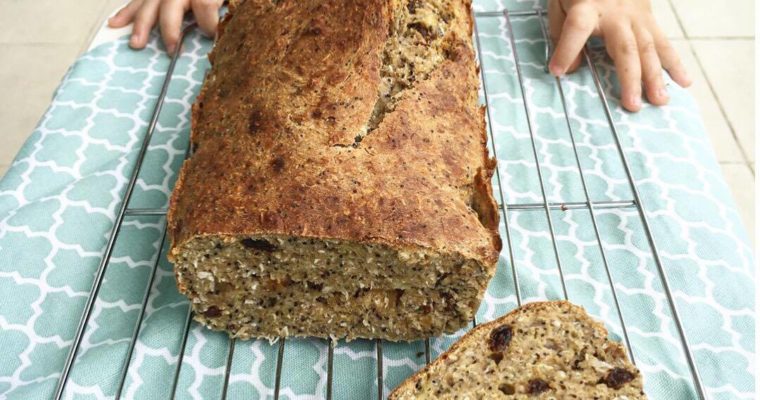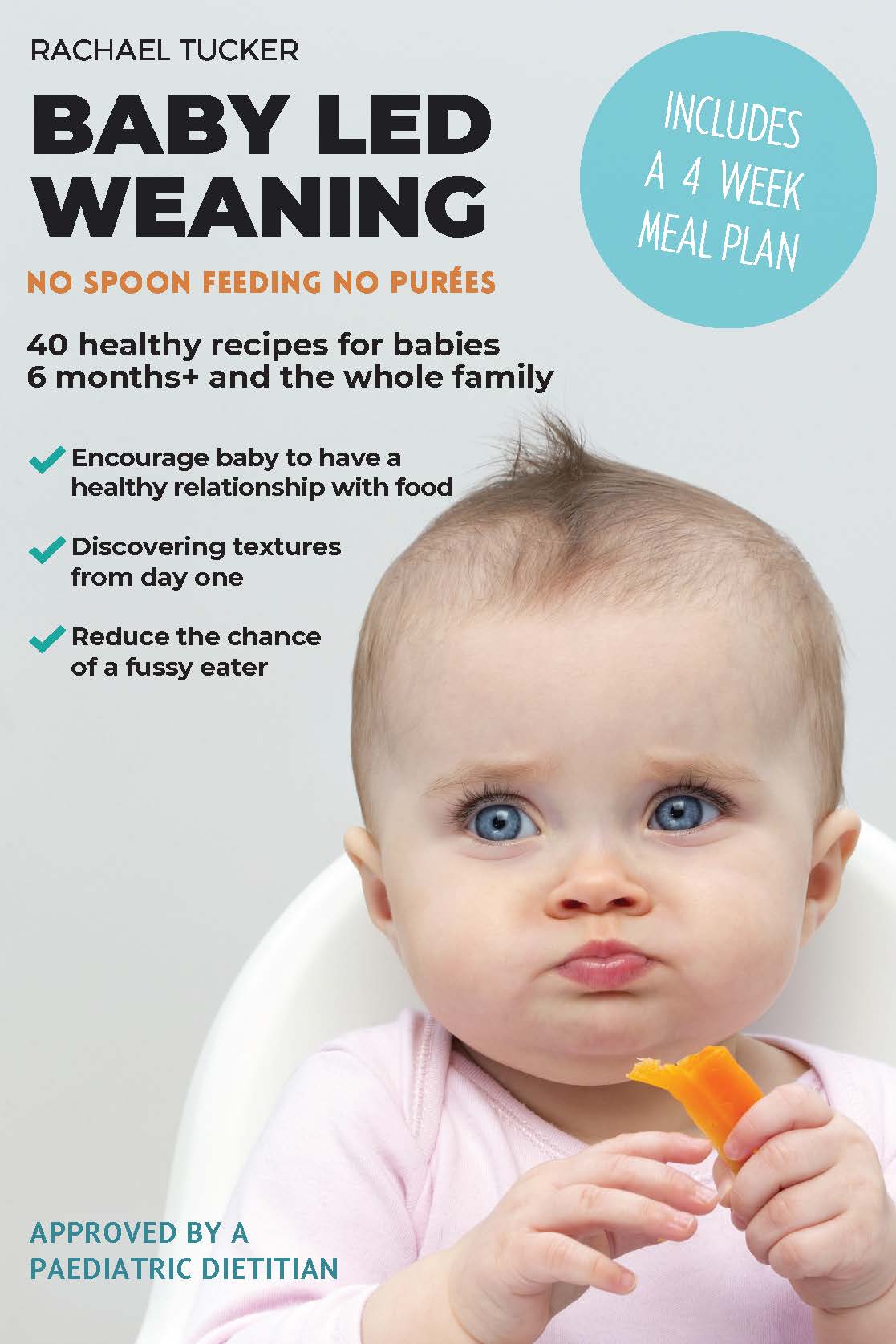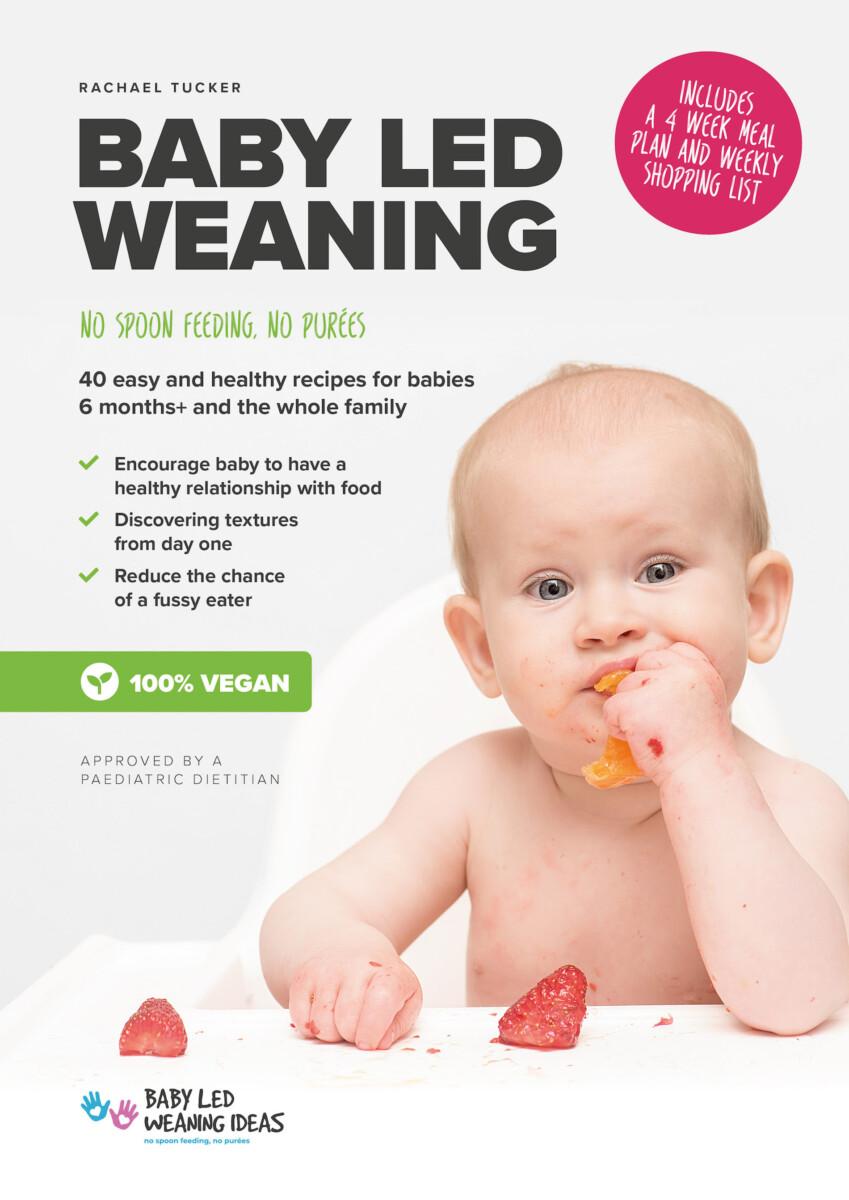Fresh Fruit Sticks (in season)
Fruit is a great first food for baby led weaners 6 months old + when babies show all readiness signs to start baby led weaning. Fresh organic soft fruit in season is natures food that are packed with nutrients, fibre, vitamins and minerals for babies, toddlers and adults. Here is a list of some fruits to choose from for first foods.
Ingredients
- Take your pick of a fresh soft fruit to offer your baby led weaner. To give you an idea of what a finger sized stick looks like, see pic below! Remember, fresh ripe fruit in season is BEST, offering your baby and the family nutrients for that season. Example: in winter there are lots of oranges about (which are high in vitamin c - which helps fight colds and coughs)
- Soft cooked apples (remove skin and heat up in microwave for 40 seconds OR try baked apple with cinnamon recipe)
- Raw apple and hard pears (are classified as choking hazards for babies) try grating it with a fine grater and serve mixed in moist foods ie yogurt or mashed avocado
- Apricots (cut in quarter wedges and remove stone)
- Peaches (cut in quarter wedges and remove stone)
- Plums (cut in quarter wedges and remove stone)
- Pears (cut in long wedges)
- Bananas (cut long ways in quarters)
- Blueberries (cut in quarters)
- Raspberries (cut in half)
- Kiwi (remove skin and cut in wedges so baby can pick up and grip)
- Mango (finger sized sticks or big wedges), the seed is also great for sucking)
- Papaya (finger sized sticks)
- Watermelon (seedless, finger size sticks)
- Melon, cantaloupe (finger size sticks)
- Honeydue (finger size sticks)
- Tomato (serve in slices)
- Cherry tomatoes (cut long ways in quarters)
- Grapes (cut long ways in quarters)
- Avocado (finger sized wedges, no skin, could try coating in coconut or breadcrumbs to avoid slipperiness)
- Oranges (serve in wedges, can leave a little bit of skin on so baby can grip, but ensure you watch baby then there is skin left on fruit)
- Strawberries (either serve whole if they are big and juicy OR cut into slices)
- Dragonfruit (finger sized sticks)
- Cherries (remove stone, cut in quarters)
Directions
- Step 1 Note: ensure you wash, then remove any small stones in some fruits (ie apricots, cherries, plums) and buy seedless fruits such as watermelon. Remove any thick skins on fruit that you are not comfortable in serving. If you are using the skin as a handle for baby to hold onto, watch your baby closely). If you are concerned with thin skins on fruit remove it, not all fruit skin needs to be removed ie apricots, peaches, pears, cucumber etc The skin holds lots of nutrients! For slippery fruits: you can try and coat it in breadcrumbs, *almond-meal, shredded coconut, flax meal, cereal etc.
- Step 2 How to serve fruit for *6-8 months old babies (see visual below): serve the fruit in sticks or wedges 5-7cm long sticks so baby can wrap their little fist around it.
- Step 3 8 months old + (see visual below) you can start to serve in small pieces approx 2-4cm cubes so baby can start practicing their pincer grip (using their fingers). But you can still offer big slices to keep some variety for baby.
- Step 4 Always ensure you watch your baby or toddler at all times when they are eating, especially if there is thick skin left on a fruit for baby to hold as a handle/grip. Any hard fruit or vegetable that cannot be squished or mashed using thumb and index finger and tough hard skins: either avoid or use the techniques above to make fruit a safer texture or shape for your baby. Remove skins as needed. *note: almond-meal is a potential allergy food for some babies, please consult your doctor if you have a family history of allergy or any questions or concerns. If you are offering the allergy food: it is recommended to provide the allergenic food earlier in the day when baby will be awake for a few hours to watch any signs/symptoms of an allergic reaction. Once your baby tolerates these, you may continue to offer allergy foods in baby’s diet consistently. (ref: ASCIA recommendations).
